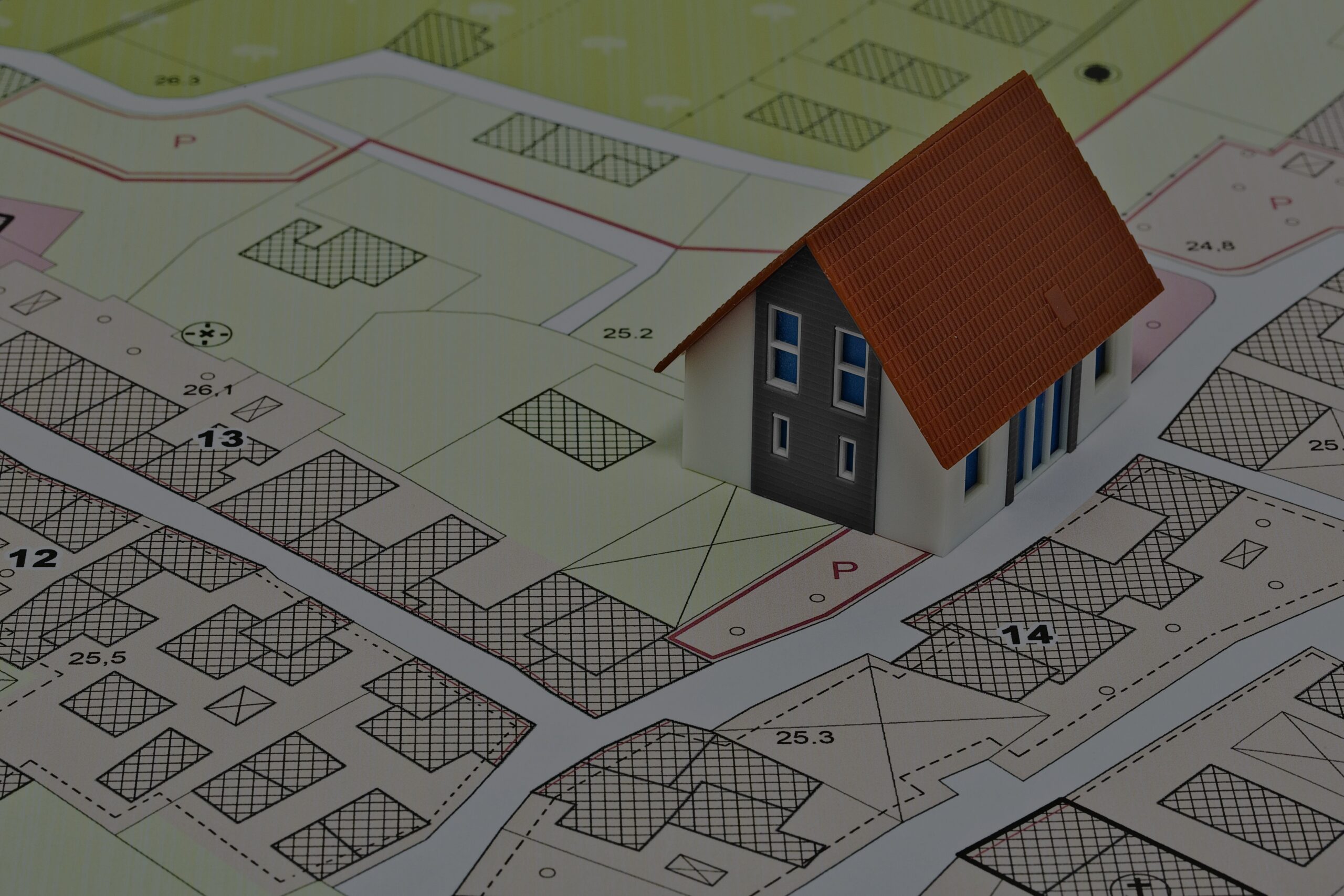Demystifying the Maze: Navigating Zoning Laws and Regulations for your Property
Have you ever thought of having an extra house in your backyard, changing your garage into an office or starting a small farm? It is important to be aware of zoning regulations before laying bricks or raising hens. These laws which might appear complicated are responsible for determining how land can be used hence dictating things ranging from property value to project viability. Be courageous household owner! This complete guide will give you first hand knowledge and links necessary in order to make sense of zoning. There are different zoning rules in New York City that you should get acquainted with.

Unveiling the Zoning Landscape: Understanding Key Concepts
Zoning is a governing framework developed by local governments aimed at classifying their lands. Picture a town divided into different sections referred as zones which include residential, commercial or industrial areas. Such categories direct what kind of structures can be erected and how they should be done. Below are some terminologies that you will meet along the way:
- Zoning Ordinance: A legal document that stipulates the zoning rules specific to an area including permissible uses, setbacks (minimum distances between buildings and lot lines), building heights, among other development criteria.
- Zoning Map: A map indicating where various zoning districts exist within a jurisdiction. Colored maps usually show different zones with their respective purposes.
- Comprehensive Plan: It is a policy statement about how a population intends their community to grow over time. Often it informs the making of zoning codes so as such objectives may be reached.
Finding Your Way: Locating Zoning Information
The first thing to do is determine the zoning classification of your property. Here is where you should look:
- City website: Most cities have online information on zoning which will help you find out your address’s zone. New York City Zoning rules have been a hot topic for Mayor Adams.
- County Planning Department: If no details are available through internet research then contact the planning department of your county who can furnish this information together with any questions regarding regulations specified in there.
- Property Records: Your property deed or title documents might mention the zoning designation.
Pro Tip: Bookmark the relevant pages on your municipality’s website for easy future reference.
Understand What is Permitted: Unraveling the Zoning Code
By now you have already figured out your zoning district. However, you should go further and explore the very zoning ordinance applicable to that district. This document outlines what uses are allowed in each zone. Here are some usual use categories:
- Residential: A one family house, a duplex, an apartment complex etc.
- Commercial: Retail stores, offices, restaurants….
- Industrial: Manufacturing buildings such as warehouses for products or distribution centers.
- Agricultural: Farms include ranches and groves among other examples.
Additionally in the zoning ordinance;
- Setbacks: The minimum distances from structures to property lines e.g front yard setback; side yard setback;
- Building Heights: The maximum height of any building in this area
- Lot Size: The least or greatest dimension allowable for a building plot
- Parking Requirements: Number of parking spaces required for different uses.
Remember – be aware that zoning codes often have many rules buried within them and if there is any part of the code that confuses you it’s better to ask your local planning department about it.
Rezoning, Variances and Special Use Permits : Considering Modifications
What about if your project doesn’t fit into the mold set by the current zoning regulations? No worries at all! So, here are few options:
- Variances: These allow slight deviation from zoning laws e.g., little setbacks reduction. It usually includes applying to a zoning board and proving hardship where strict enforcement would be unreasonable.
- Special Use Permit: These permits required for certain uses that are compatible with zones but need more scrutiny due to possible impacts.Approval involves going through public hearings before a designated decision-making body.
- Rezoning– It is an intricate course of action which requires changing formal designation of your property’s particular zone.Often needs strong reasons and community support.
Pro Tip: Get advice from land-use, zoning lawyers in NYC or specialist planners so as to know which way to go in your project plans.
Beside the Norms: Supplementary Concerns with Zoning
It is noteworthy to know that zoning regulations go beyond permitted uses. Here are others:
- Historical Neighborhoods: This term refers to properties in designated historic districts, which have restrictions on how they can be altered to preserve the character of a place.
- Overlays: These might be other zoning requirements superimposed upon base zones. To illustrate, floodplain overlay zones can impose more stringent construction standards for areas prone to floods.
- Environmental Regulations: Examples include local environmental legislation that may affect development such as those that protect wetlands or threatened species.
Point to Note: It is always better to consult respective bodies in order to ensure that whatever projects one wants undertake does not contravene existing rules and regulations put in place by authorities concerned with land use planning and environmental management.


